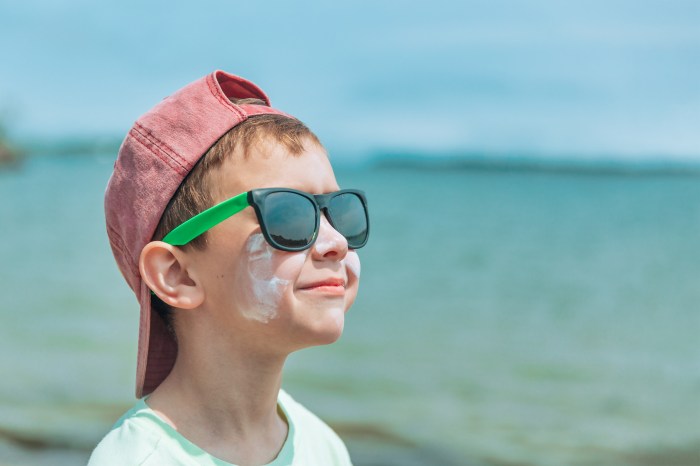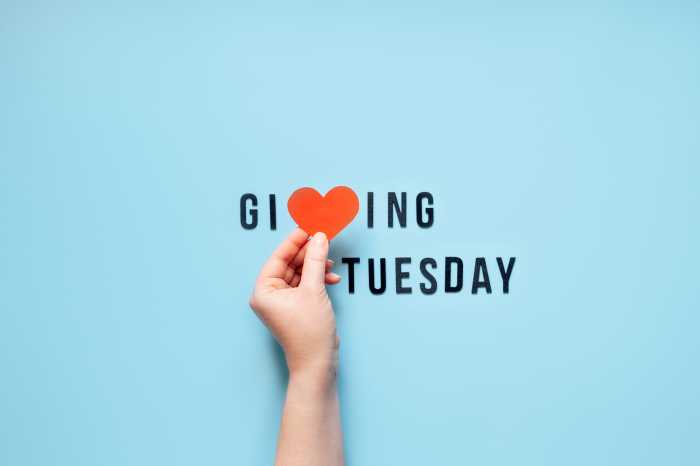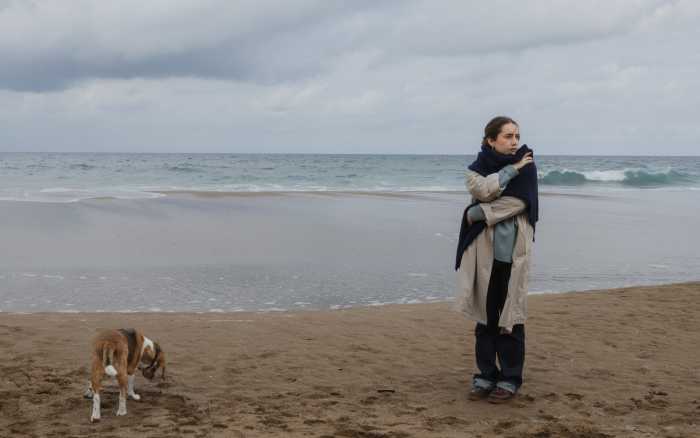For as long as we in the health care profession have been preaching the importance of sun protection strategies—such as wearing sunscreen, protective clothing, and seeking shade when the sun’s rays are at their strongest—but we still see people in the emergency room every summer with severe, sometimes even blistering, sunburns. In some cases, the burn is bad enough that they’ve developed sun poisoning.
What is Sun Poisoning?
Sun poisoning is another term for severe sunburn, which happens after prolonged exposure to the sun’s ultraviolet (UV) rays. There’s also a specific type of sun poisoning known as polymorphic light eruption, an allergic reaction caused by sun exposure.
What differentiates a run-of-the-mill “bad” sunburn from sun poisoning is that many other whole-body symptoms accompany sun poisoning.
Symptoms of Sun Poisoning
When a severe sunburn leads to flu-like symptoms such as nausea, vomiting, fever, chills, and muscle aches, that’s a textbook case of sun poisoning. The skin may be so burned that blisters have formed, which indicates a second-degree burn. Severe cases of sun poisoning can also sometimes cause confusion and dizziness.
Who’s at Risk?
It may come as no surprise, but fair-skinned people are at a higher risk for sun poisoning. However, that doesn’t mean everyone else is out of danger. Anybody who doesn’t use adequate sun protection can get it. This is especially true if you’re putting baby oil on your skin, which, believe it or not, some people still do. Another factor that increases your risk of developing sun poisoning is taking medications that are known to enhance photosensitivity, such as the antibiotics doxycycline and tetracycline or birth control pills. The herbal supplement St. John’s wort can also cause photosensitivity.
Beach environments, where the sun reflects off the sand and the water more intensely and people expose much more of their skin to the sun, will also put them at higher risk of developing sun poisoning.
It’s even possible to get sun poisoning in the wintertime when skiing at high altitudes since the sun reflects off the snow intensely.
At-Home Treatments for Sun Poisoning
If your sunburn is mild to moderate, you can usually treat it yourself at home with ibuprofen for the pain and aloe vera to soothe and moisturize your damaged skin. But if you have any symptoms of sun poisoning, you need medical attention.
When to See a Doctor
The flu-like symptoms such as fever, chills, nausea, and vomiting that occur with sun poisoning are all due to severe dehydration that happens after prolonged sun exposure. That’s what we worry about the most, and that’s what needs to be treated immediately. If someone is dizzy or disoriented, that’s even more of a reason to get medical attention as soon as possible, preferably in the emergency department.
In many cases, we have to give IV fluids to a person with sun poisoning to treat their severe dehydration. We also may give oral steroids such as prednisone for severe pain and swelling or a steroid cream for painful blistering burns.
If there are blisters, never try to pop them. The fluid inside the blisters is actually meant to help heal the tissue that’s burned underneath. Plus, opening the blisters increases the chances of developing a skin infection, which is another thing we worry about with sun poisoning.
Preventing Sun Poisoning
The best way to prevent sun poisoning is simple; it’s advice you’ve probably heard countless times, but it’s worth repeating:
- Wear sunscreen daily! Use a broad-spectrum product (meaning it protects against both UVA and UVB rays) that’s at least SPF 30, but ideally, SPF 50 if you’ll be in the sun for a long time. I recommend using products that contain either zinc oxide or titanium dioxide. Also, remember that you can still get a burn on overcast days.
- Don’t wait until you’re at the beach to apply sunscreen. You need to put sunscreen on at least 30 minutes beforehand to allow time for the product to absorb into your skin.
- Reapply sunscreen often, particularly after swimming or sweating a lot.
- Wear sun-protective clothing, including a wide-brimmed hat that covers your entire head and neck.
- Limit your time in the sun, especially between 10 a.m. and 2 p.m., when the strongest rays are.
Enjoy healthful activity in the sun, but always be smart and safe in doing so!




























